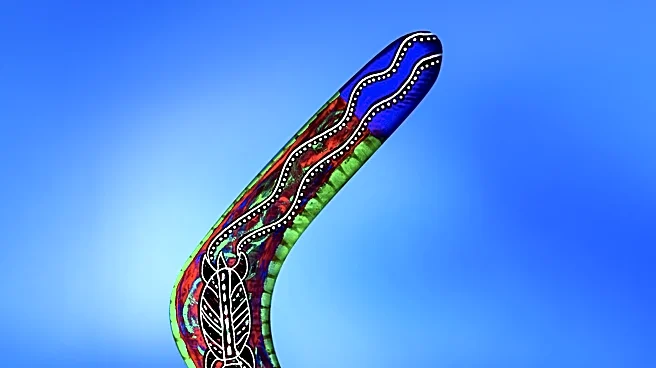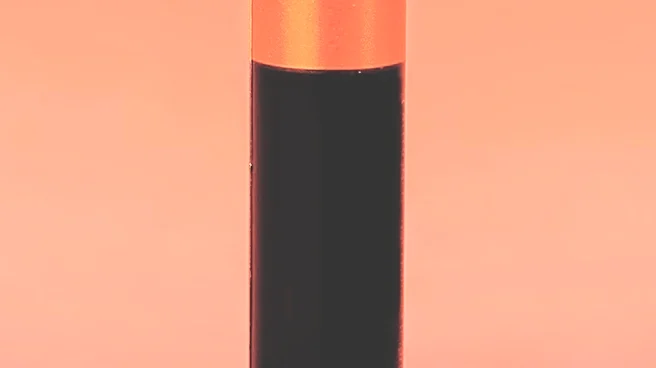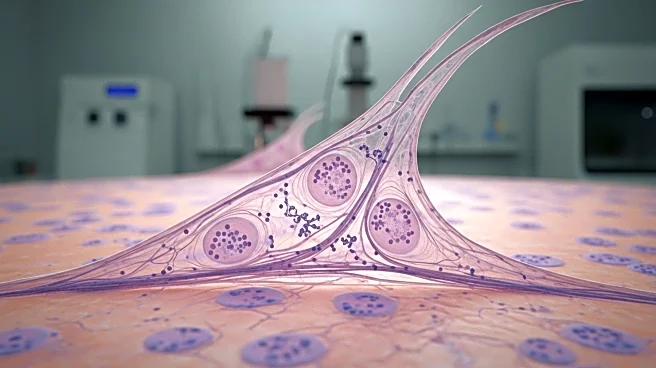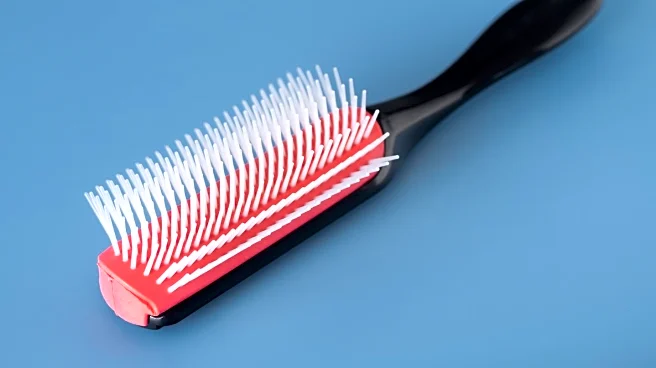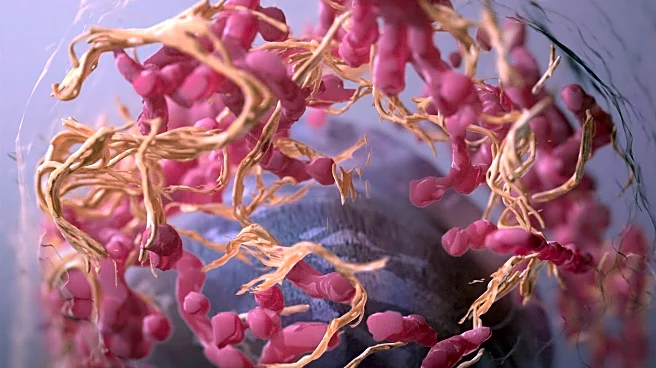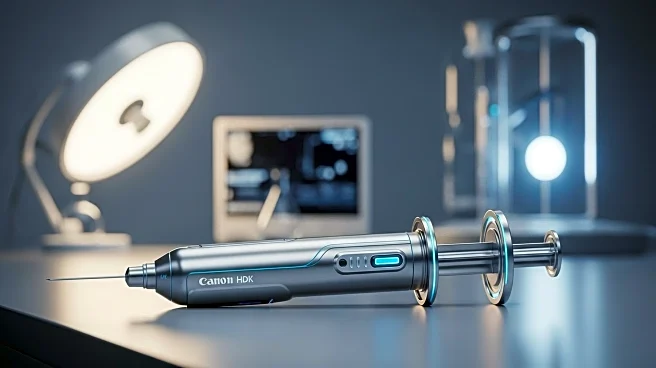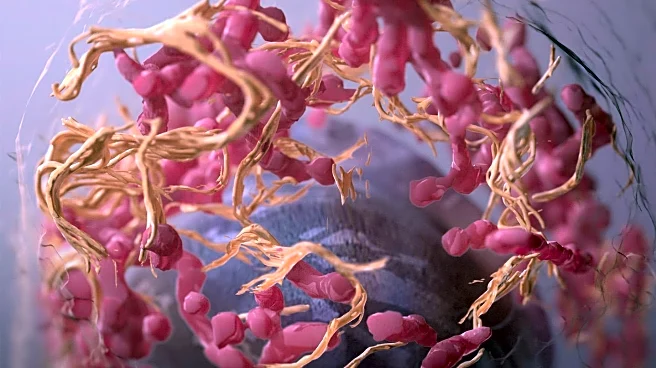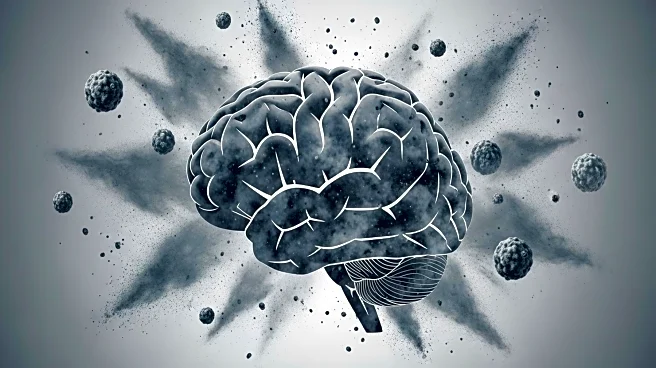What is the story about?
What's Happening?
Researchers at Johns Hopkins Medicine have discovered that the protein Piezo1 plays a crucial role in controlling skin growth by sensing mechanical stretching and coordinating necessary metabolic and immune changes. The study, published in Nature Communications, involved experiments on mice, where Piezo1 was manipulated to observe its effects on skin growth. The findings suggest that Piezo1 is a key trigger for tension-based skin growth, which could lead to new therapeutic approaches for treating burns and injuries requiring skin grafts.
Why It's Important?
Understanding the role of Piezo1 in skin growth has significant implications for medical treatments, particularly in reconstructive surgery for burns, trauma, or congenital defects. Current methods for skin expansion are time-consuming and can lead to complications, but manipulating Piezo1 could offer a safer and more efficient alternative. This research could pave the way for noninvasive therapies that enhance the body's natural ability to grow skin, improving patient outcomes and reducing recovery times.
What's Next?
The research team plans to explore how their findings can be applied to human skin growth, potentially leading to clinical trials and new treatment protocols. Further studies will aim to understand the molecular mechanisms of Piezo1 in greater detail, which could inform the development of targeted therapies. Collaboration with dermatologists and other medical professionals will be crucial in translating these findings into practical applications.
Beyond the Headlines
The discovery of Piezo1's role in skin growth raises broader questions about the body's response to mechanical stress and its potential applications in regenerative medicine. Ethical considerations may arise regarding the manipulation of biological processes for therapeutic purposes. This research highlights the importance of interdisciplinary collaboration in advancing medical science and addressing complex health challenges.
AI Generated Content
Do you find this article useful?
